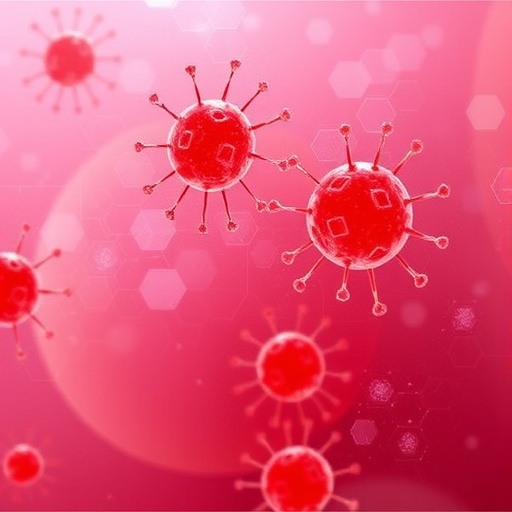The sonic boom created by an airplane comes from the craft's large, speeding body crashing into molecules in the air. But if you shrank the plane to the size of a molecule, would it still generate a shock wave?
Scientists such as University of Iowa physicist Jasper Halekas hope to answer that question by studying miniature shock waves on the moon. These sonic boomlets, physicists believe, are being generated by protons in the solar wind–moving at supersonic speed–colliding with pockets of magnetic fields that bubble up from the moon's crust.
Halekas will discuss new findings about the physics underlying the moon's mini shock waves at the American Geophysical Union fall meeting in San Francisco. Halekas's talk, "Kinetic Interactions Between the Solar Wind and Lunar Magnetic Fields," is scheduled for Dec. 14 at 4 p.m. Pacific Standard Time.
"We basically don't understand how a magnetic field that small would generate something that we would notice," says Halekas, associate professor in physics and astronomy at the UI. "The general consensus was the solar wind would go right by it."
The findings come from NASA's ARTEMIS mission, where two probes circling Earth's nearest celestial neighbor have been gathering high-fidelity measurements of the shock waves. Halekas is the deputy principal investigator on the mission.
The moon's magnetic fields first were measured by astronauts beginning with the Apollo 12 mission in 1969. Their portable magnetometers recorded magnetic intensities that varied by location; yet, the highest recorded result was just 1 percent the magnetic field strength on Earth.
Despite the fields' weakness and small size, spacecraft since then have documented the solar wind-magnetic field collisions, called "limb shocks," at the boundary between the moon's light side–the side facing the sun–and its dark side. Those collisions produce a reflected plume of sorts that radiates from the moon, similar to ripples on a pond. ARTEMIS has made 40 observations of the shock waves, Halekas says.
Scientists want to better understand how these mini shock waves are created, as they may occur elsewhere in the solar system. For example, localized shock waves may occur as the solar wind blows by asteroids, Halekas says. It would be important to know about how it all works before trying to land astronauts on a zooming block of rock, as NASA has said it wants to do. The moon is a good place to study the phenomenon.
"They may represent the smallest shock waves in our solar system," Halekas says, "and perhaps even the smallest shock waves that can be formed."
In a related talk, UI graduate student Stephanie Howard will discuss the ripples that radiate from where the solar wind collides with the lunar magnetic fields.
It's the first presentation at a major scientific meeting for Howard, who is in her third year of doctoral studies.
"It was a big surprise to me when I found out I would be giving a talk instead of just presenting a poster," she says. "But I think it'll be a great opportunity to meet and present my own research to others who work in the same field."
###
Media Contact
Richard Lewis
[email protected]
319-384-0012
@uiowa
http://www.uiowa.edu
############
Story Source: Materials provided by Scienmag




